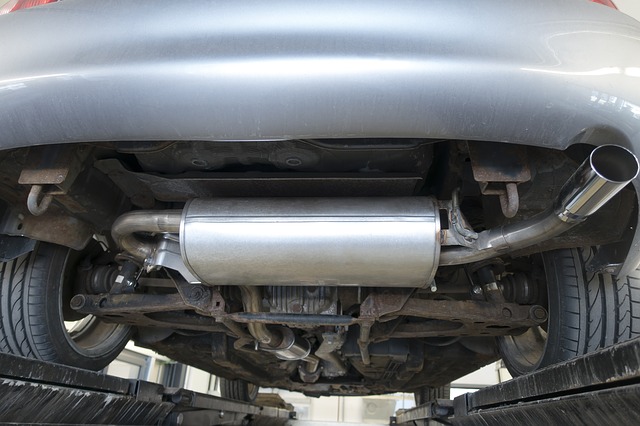Muffler vs Resonator: What’s the Difference?
15th Mar 2021

Know Your Exhaust
Many drivers assume that mufflers and resonators are the same. They are both found underneath vehicles in an area known the undercarriage, and they both lead to the tailpipe. While mufflers and resonators share a similar location, though, they aren’t the same. Each is designed for a specific purpose. So, what’s the difference between a muffler and resonator?
What Is a Muffler?
A muffler, also known as a silencer in the United Kingdom, is an acoustic-dampening device that reduces noise produced by the exhaust. Exhaust gases produce noise as travel from the engine to the tailpipe. A muffler reduces this noise by decreasing the pressure of the exhaust gases. It consists of multiple chambers through which exhaust gases must travel before being released out the tailpipe.
While effective at reducing exhaust noise, mufflers often come with the unwanted side effect of decreased engine efficiency. When the pressure of exhaust gases is decreased, back pressure occurs. In other words, exhaust gases build up in the area between the engine and the muffler, which can make the engine less efficient.
Many states and municipalities have laws prohibiting vehicles from producing a specific amount of noise. Therefore, mufflers are often required. Without a muffler, a vehicle may exceed this legal sound limit.
What Is a Resonator?
A resonator, on the other hand, is a device that changes the sound of a vehicle’s exhaust system to a more pleasant frequency. Resonators work by filtering sound waves in specific frequencies. Exhaust gases don’t have a single frequency. Rather, they have multiple sound frequencies. Some of these sound frequencies are aggressive, whereas others are calmer and more tolerable. Resonators are designed to filter the former type of sound waves so that only the latter are released out the tailpipe.
Resonators don’t actually reduce total noise volume. Rather, they only filter sound waves in specific frequencies. As a result, they don’t suffer from same back pressure as their muffler counterparts. They may still create some back pressure, but resonators don’t produce as much back pressure as mufflers.
Using Both a Muffler and Resonator
It’s important to note that a muffler and resonator can be used together. When used together, the resonator is installed before the muffler but after the catalytic converter. Resonators are often referred to as pre-mufflers because they come before the muffler. The resonator filters specific sound wave frequencies, while the muffler reduces the noise level of all sound waves.
Here are the tools you may need to replace a muffler or add a resonator:
- Hydraulic Jack
- Jack stands
- Wrenches and Socket Sets
- Air Hammer Chisel
- Safety Glasses

